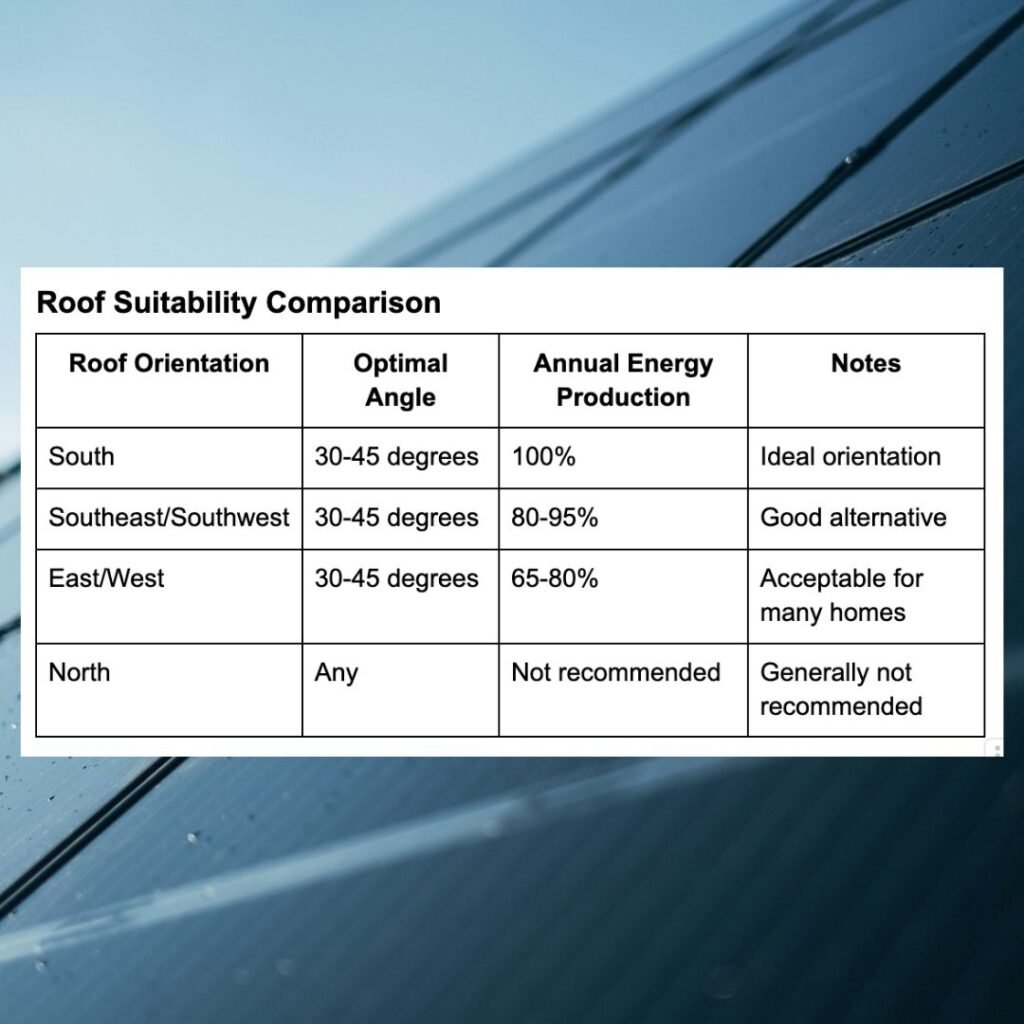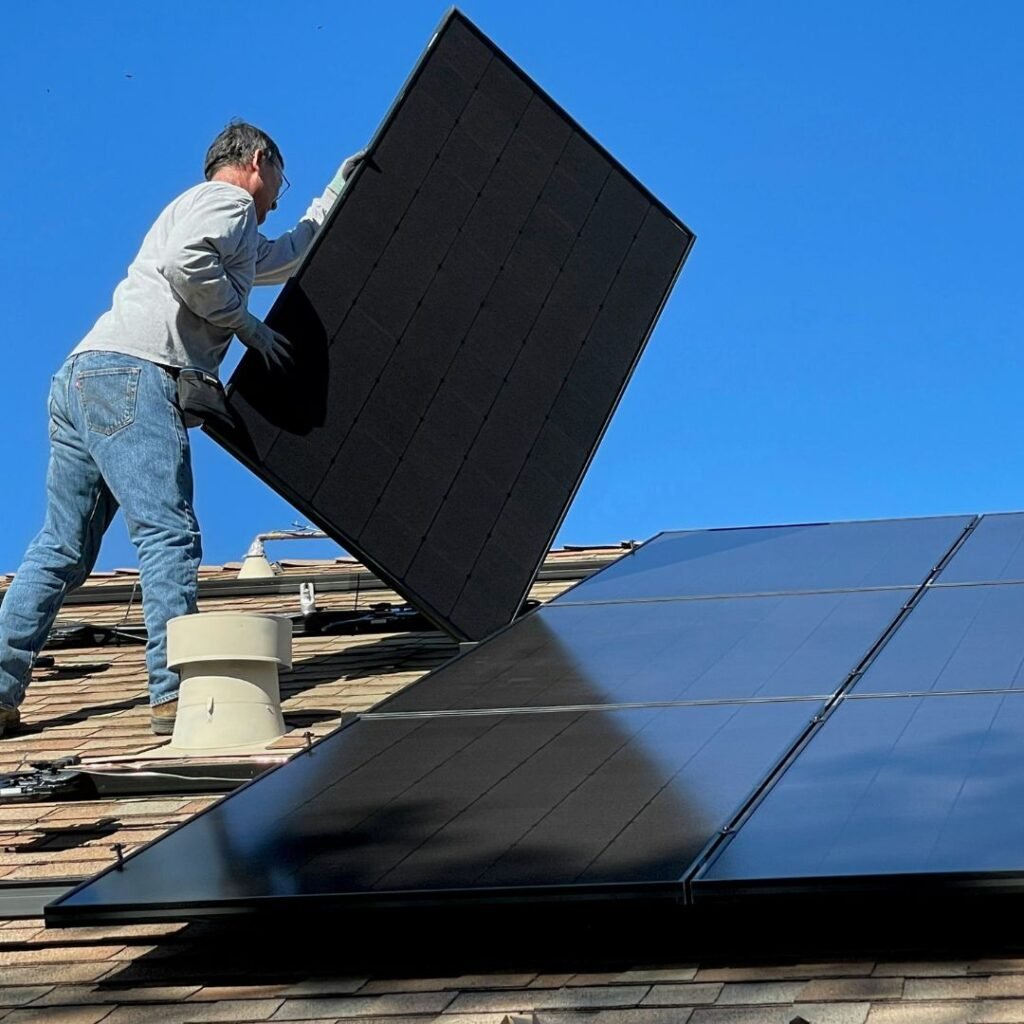Switching to solar energy is one of the smartest investments you can make for your home—but not every property is created equal when it comes to solar potential. Before you make the leap, it’s crucial to assess a few key factors that impact how much energy (and savings) you’ll actually generate.
At Demand Construction, we’re here to guide you through the process. Here’s how to determine if your home is solar-ready and how we can help you every step of the way.
Roof Orientation and Tilt
The direction and angle of your roof directly influence how much sunlight your panels will capture.
Pro Tip: A south-facing roof with a slope between 15–40 degrees offers the best solar performance. But don’t worry—east- and west-facing roofs can still make excellent candidates with the right system design!
Shade and Obstructions
Trees, chimneys, nearby buildings—anything that casts shade on your roof can reduce your solar system’s performance. That’s why a professional shading analysis is essential before installation.
We offer full shading evaluations and can even suggest tree trimming or panel repositioning to maximize your solar gains.
Roof Condition
Since solar panels are built to last 25–30 years, it’s important to have a sturdy, updated roof before installation. If your roof needs repairs or replacement, it’s best to take care of it beforehand.
Luckily, we handle full roof inspections—and if needed, we can manage roof repairs or replacements as part of your solar upgrade, saving you time and hassle.


The amount of electricity your system produces depends on several key factors, including:
We provide customized energy reports to show exactly how much power your home can generate with solar. No guessing—just clear, reliable data.
Solar panels convert sunlight into electricity through a three-step process:
Modern solar panels can produce energy even on cloudy days, operating at 10–25% of their sunny day capacity.
We use high-efficiency panels designed to maximize your energy production—even in low-light conditions.

Ready to make the switch?
Our expert team handles everything—from permitting to professional installation. Still have questions?
We’ll assess your home’s solar potential with a free, no-obligation consultation. Contact us today to get started!
🔆 See how much you can save—check your solar eligibility today!